| Address: | Trimbak, Maharashtra 422212 |
|---|---|
| How to go: | Nearest station: Nashik Road Railway Station (NK), about 28–30 km from Trimbakeshwar. From major cities like Mumbai, Delhi, Pune, and Bengaluru, you can board a train to Nashik Road. Buses start from the depot just outside Nashik Road station. Typical numbers include 245A, starting around 5 AM, running every 10–30 minutes until about 9–10 PM. Fare: Approx ₹60–₹70 (some sources say ₹63). Travel time: 1–1.5 hours depending on traffic and route. Taxis / Ride-Sharing: Available from Nashik Road station. Approx fare: ₹800–₹1,200 for a one-way car ride. Shared autos or OMNI vans (~₹50/seat) are available at Trimbakeshwar |
| Pros: | Communications, local transport, mobile network, hotels everything is available |
| Cons: | Nothing I found. |
| What to visit ? |
|
| Company: | Solo, family |
| Minimum day/time to visit: | 2 full days |
| Locality: | Village |
| Expenses: | From Nasik road railway station up and down for 1 day for 1 person 2000 max including food and stay. |
| More Information: | Every Jyotirlinga in India holds its own significance. Rather than simply visiting one, if we understand its history and purpose, our holy journey becomes a true pilgrimage. Trimbakeshwar Jyotirlinga is the 10th among the 12 Jyotirlingas in India and is located in Trimbak village, Maharashtra. History of Trimbakeshwar Jyotirlinga Let’s learn about the history of how the Trimbakeshwar Jyotirlinga was formed. The story is closely linked to Sage Gautam and the Brahmagiri Parvat, at the foothills of which the Trimbakeshwar Temple was constructed. In the era of Puran and Ramayana, Sage Gautam and his wife Ahalya used to live on the Brahmagiri hills and were known for his deep penance and dharm. They used to live their life peacefully and perform great sacrificial rituals in life. Because of his spiritual strength, rain fall only in his region during a long drought. On this incident so many rishis moved nearby to survive. Gradually the other sages grew jealous of Gautam’s fame and prosperity. They conspired against him. One day, they created a celestial cow named Jaya and sent it into Gautam’s field. While trying to drive the cow away, Gautam accidentally hit it, and it died. By this incident sages accused Gautam of committing the gravest sin — gau-hatya , which is considered a great sin in Hinduism. Though innocent, Gautam was devastated and went into deep penance to Lord Shiva, asking for purification. Moved by his devotion, Lord Shiva appeared, along with Parvati, and offered him forgiveness. At Gautam’s request, Shiva agreed to reside there eternally as a Jyotirlinga to purify the land and the people. Gautam also asked for the Ganga to cleanse the land. Lord Shiva struck the Brahmagiri mountain with his trident, and the river Godavari (a form of Ganga) emerged — hence it's also called Dakshin Ganga, or "Ganga of the South." At this spot, Lord Shiva manifested as Trimbakeshwar Jyotirlinga, where the unique lingam has three faces— representing Brahma, Vishnu, and Mahesh (Shiva). The word "Trimbak" indicates Trinities or tridev in Hindu mythology. This is one of the most sacred and powerful pilgrimage sites in India. So the moral of the story is even an innocent suffering can lead to divine grace through sincere devotion. It also emphasizes that jealousy among the righteous can lead to great harm, but truth and humility ultimately win. Temple feature There are mainly two gates to enter the temple premises. The east gate leads to the free darshan, while the north gate leads to the VIP darshan, which costs ₹200 per person. Outside the east gate, you can keep your shoes on the shoe rack by paying Rs 5 per person, or you can leave them with the flower sellers from whom you can also buy offerings for Lord Shiva. The east entrance gate leads to the queue area, which is logically divided into five rooms, each with 6–7 lines, before entering the Nandi Mandap. The idol of Nandi here is carved out of white marble. After crossing the Nandi Mandap, we step into the Shiva temple, which has a dome structure from the inside which is called Sabha Mandap where people can meditate or performs various rituals, leading to the main Garbhagriha (sanctum sanctorum). The main temple has ten Dwarapalas (gatekeepers) sculpted into its walls. These ten Dwarapalas are: Nandi, Mahakala, Veerabhadra, Chanda, Munda, Bhringi, Ganesha, Skanda, Vinayaka, and Bhadrakali. You can typically see these ten Dwarapalas in some large temples in Tamil Nadu and Karnataka as well. Trimbakeshwar Temple was built by Shri Nana Saheb Peshwa, also known as Peshwa Balaji Baji Rao, between 1755 and 1786 AD. It was inaugurated on 16th February 1756, on the auspicious day of Mahashivratri. The temple is constructed from black stone, and the Shivlingam is said to have emerged naturally. The most unique and attractive feature of this temple is the presence of three Lingas, each representing Brahma, Vishnu, and Shiva. All three reside in a hollow space within the main Shiva Lingam. If you observe closely, you will notice that the sacred Maa Godavari constantly flows beneath the Lingam. That’s why you will notice the priests regularly remove this water by hand and sprinkle it onto the Jaladhari. Rituals performed It is believed that performing rituals here helps remove obstacles and negative influences from one’s life. The temple is especially renowned for rituals like Narayan Nagbali, also known as Pitra Dosh Nivaran Puja, performed to appease ancestral spirits. Other important rituals include:
These rituals are conducted exclusively in the Sabha Mandap in Main temple. Certified and experienced priests are always present and offer these rituals to devotees who wish to perform. Vibes of Trimbak As we all know, Nashik is one of the oldest cities in ancient Bharat. When you roam around Trimbak, you'll experience the royal and traditional culture that surrounds the village. The wooden houses and the carvings around them take you into a different flavor of history. While walking observe the local people and the traditions they follow. They have a unique sense of spirituality, which they practice every day, embracing a peaceful and simple life—something clearly visible to devotees coming from other states. I observed everything closely while visiting the local market and thanked my Mahadev for giving me the opportunity and the awareness to feel the true energy of one of the holiest places in India, like Trimbak. Kushavarta Tirtha There is another significant feature in Trimbak that should never be missed, especially when one understands its history and importance — Kushavarta Tirtha, a holy pond where Maa Godavari re-emerged after disappearing at the Brahmagiri Hills. It is located just 500 meters from the main temple. This 21-foot-deep pond was built in the year 1750 by Sheemant Rao Sahib Parnekar, famously known as the Fadnavis of the Indore State. According to belief, a dip in this sacred pond washes away sins. It is said that Sage Gautam, after committing the sin of accidentally killing a cow, bathed in this pond to absolve himself of that sin. One legend also tells of Lord Rama visiting Trimbakeshwar to perform Shraddha (a ritual for deceased ancestors) for his father, King Dasharatha. The most important fact about this pond is that it serves as the starting point of the Kumbh Mela, which is held once every 12 years. According to tradition, sadhus (saints) of the Vaishnav sect bathe in the Godavari River at Ram Kund, Panchavati, while those of the Shaiva sect bathe at Kushavarta. Since the Godavari (Ganga)emerges here and flows to Ram Kund, both locations are considered equally sacred. The Kund is surrounded by other temples, such as Chintamani Ganesh Ji and Kusheshwar Mahadev, making it a spiritually enriching place to visit. From here, I headed straight towards Brahmagiri Hills for the well-known trek. Brahmagiri Hills Geographically, Brahmagiri hills comes under Maharashtra and it is a part of Sahyadri range mountain also known as Western ghats. On the way, you will get to see Anjaneri hills, Navara Navari fort, Harihar fort and Durg bhandar fort which are all trekkers paradise around Brahmagiri. Brahmagiri trek is a moderate type of trek which is better to start by early morning so that you can return back to Trimbak before the sun is up. The entire route comes under Brahmagiri wildlife and one the way I meet a lot of birds. Brahmagiri Hills stands at about 1,295 meters that is 4,250 feet above sea level. The Brahmagiri hill is home to five distinct peaks known as Sadyo-Jata, Vamdev, Tat-Purush, Aghora, and Ishan. These peaks represent the five mouths of Lord Shiva. That’s why long back the mountain climbing was considered as a sin. However In 1908 Seth Lal chand Jashodanand Bham bhani from Karachi and Seth Ganesh Das built 800 - 1000 steps of stone that made people easier to access Brahmagiri hills. The best season to perform this trek is Monsoon as the greenery all around will be lush and dreamy. Also people choose monsoon as it comes under Savan. But due to the rainfall the trek may get a bit difficult for non trekkers. So one can visit Brahmagiri in Winter as well, even though that time the vibes of the mountains gives you golden hue all around. Temples in Brahmagiri Hills First temple you will visit is Mool ganga mandir that is actual origin of Godavari river and in there it disappears immediately. Legend says the root of this fig tree is the source of the water. They also said the cow was killed by Gautam Rishi, was Lord Ganesh disguised himself as a cow. In this place Gautam Rishi did penance for 12 long years and attain Lord Shiva so that he can ask for forgiveness. Godavari here is named after Gautam Rishi hence called Gautami Ganga. The second temple is Godavari Origin Temple. This is a Shiva temple where you will find a stone sculpture shaped like a cow's head also called Gomukh, from which a small stream of water emerges year-round. Maa Godavari statue is present above Gomukh. It is noticed that after Godavari disappeared in the origin, it started flowing from here again. Godavari is flowing in three directions on the mountain. The one flowing towards east is called Godavari, one flowing towards the south is called Vaitarna and the one flowing towards the west is called the west-flowing Ganga and meets Godavari near Chakra Tirth. Godavari is the second largest river in India which travels 1465 km where the largest river in India Ganga travels 2525 km. That’s why Godavari is called Ganga in South or Dakhini Ganga. It originates from Brahmagiri hills and flows towards east covering Maharashtra, Telangana, Andhra Pradesh and empties into Bay of Bengal. Our third temple was Jata mandir from where only you need to start trek for Durg bhandar fort. After forgiving Gautam Rishi, Lord Shiva struck his jata against the rocks at this location to reemerge Godavari river from here. It was a request from Gautam Rishi to make Godavari flow from Brahmagiri mountain. The marks inside the temple speaks about this divine incident, and a small spring of water within the temple is considered sacred. That is how I finish my trek. I took time, enjoyed being into the nature, witnessed the beauty around Brahmagiri hills. I felt blessed every single second on my way. Even if I got tired under the sun, a peaceful smile always being there accompanied myself. I thank to my Mahadev every single time for being beside me and showing me his creations around Brahmagiri. |
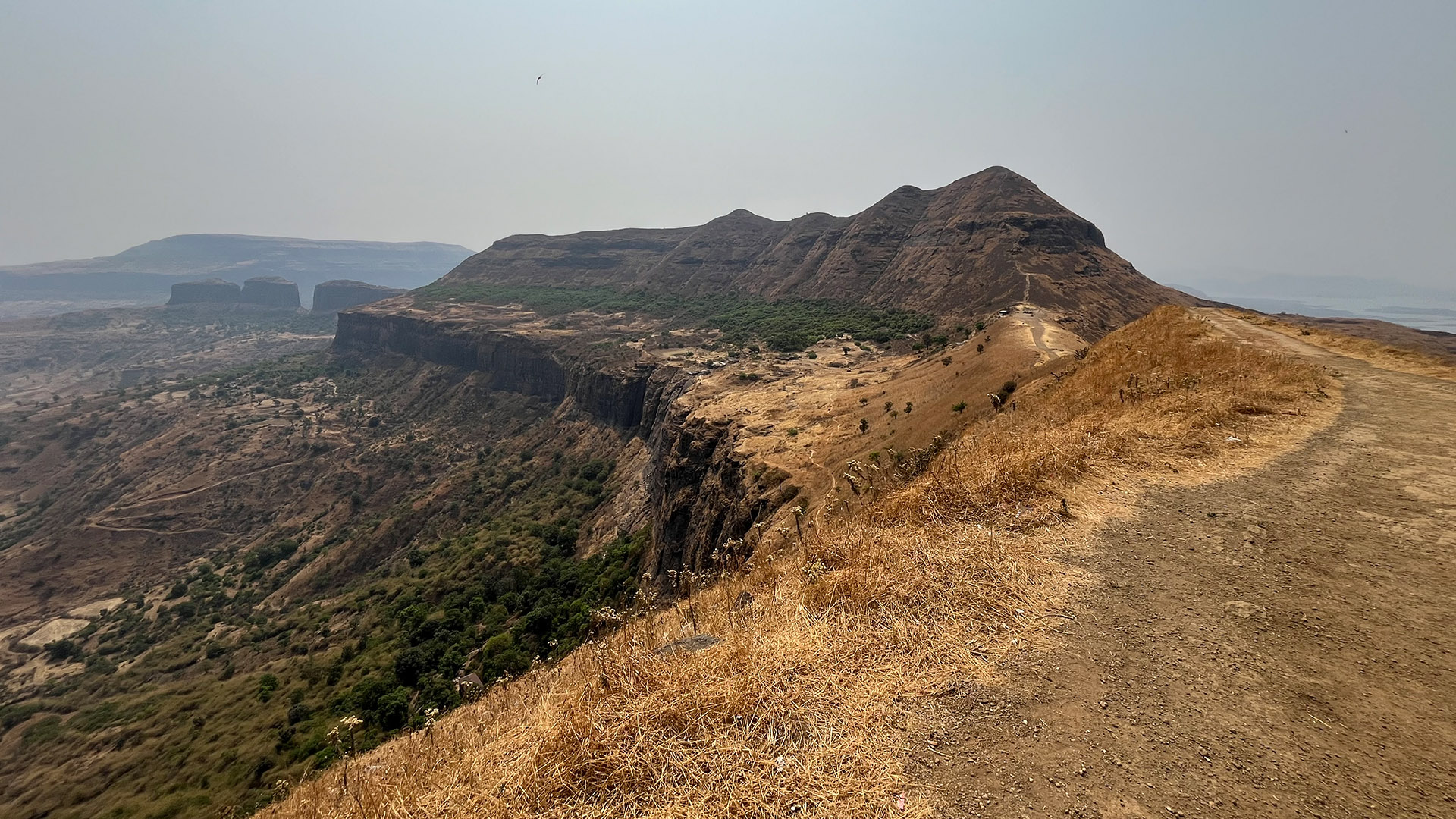


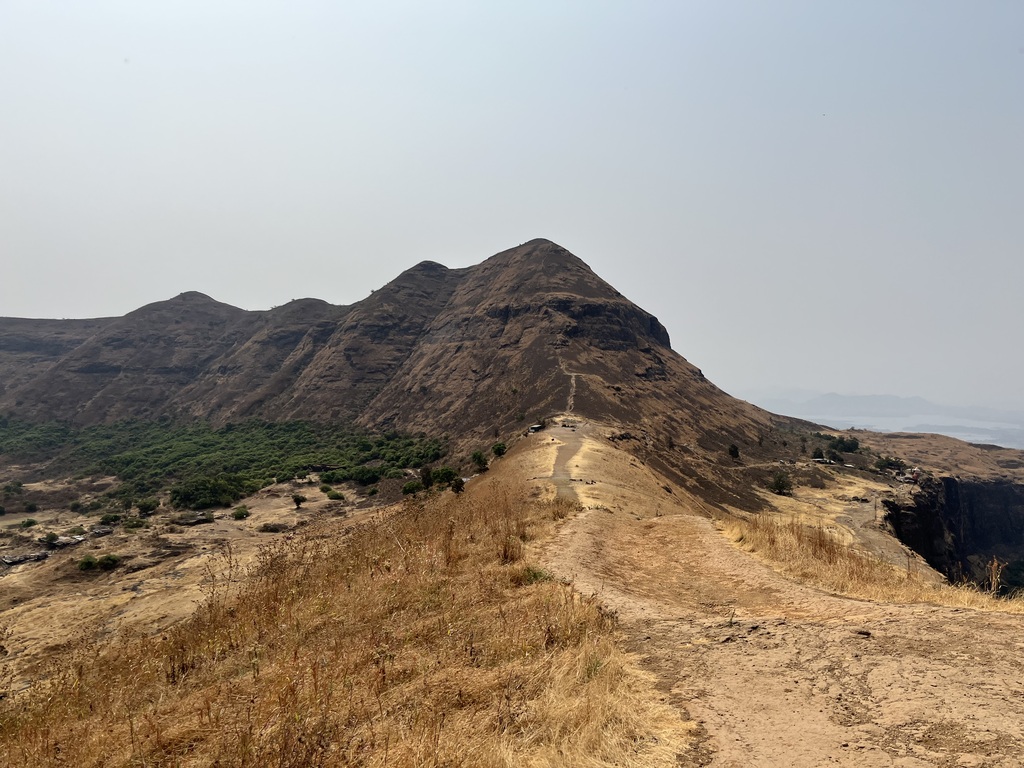
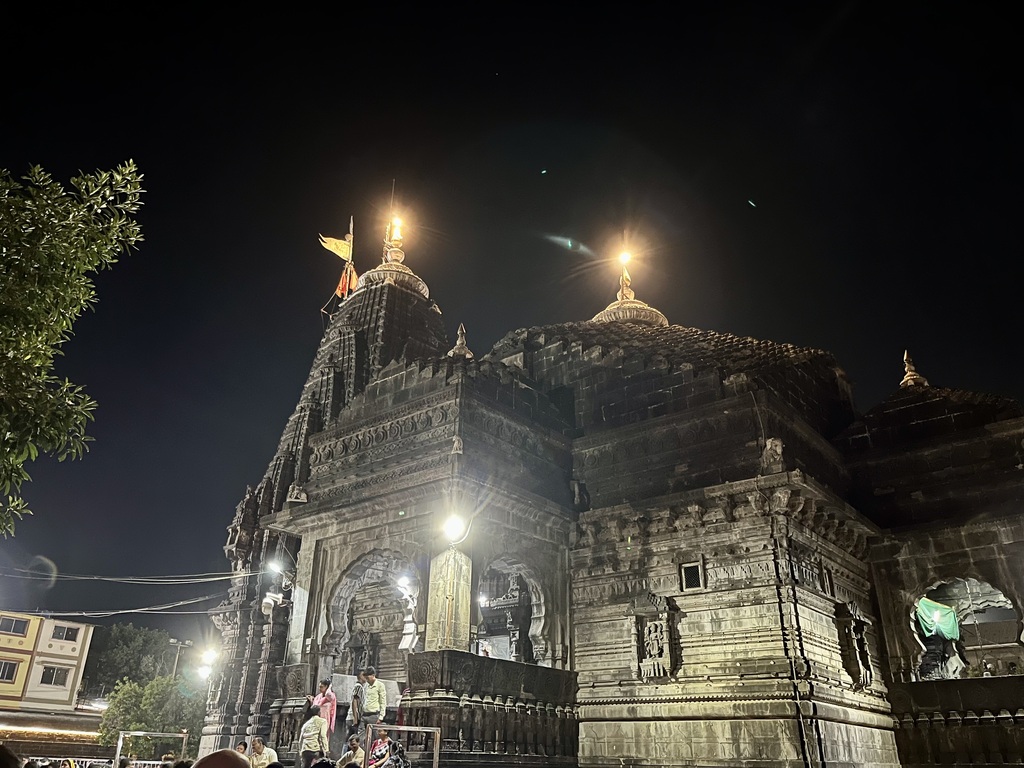

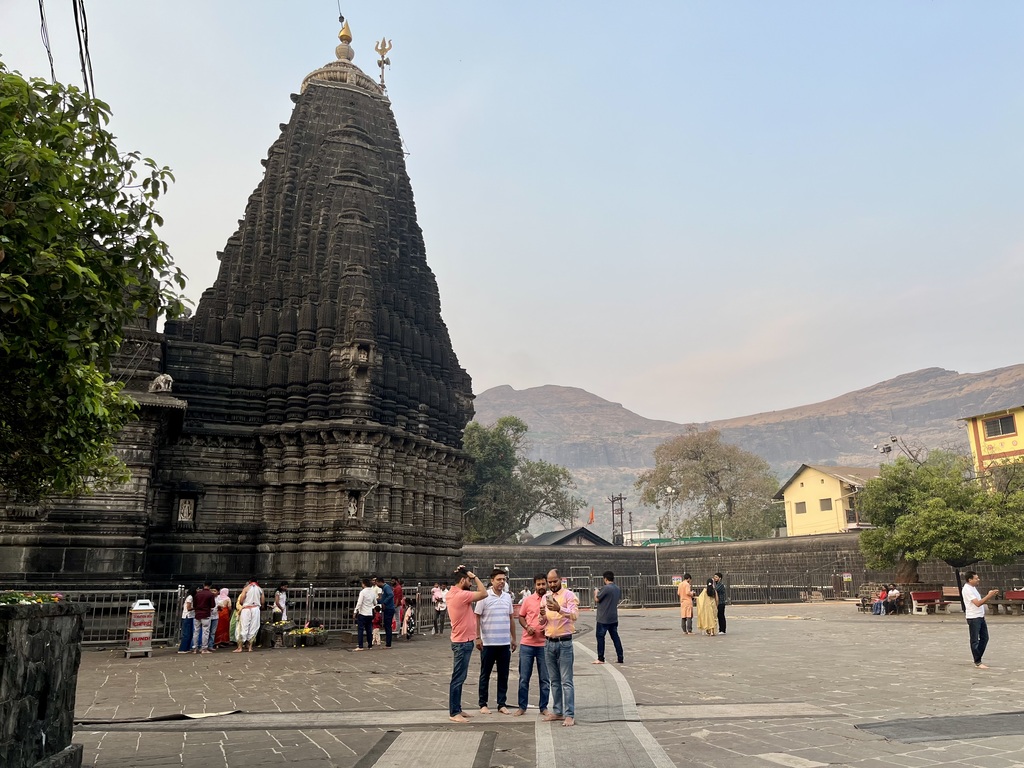
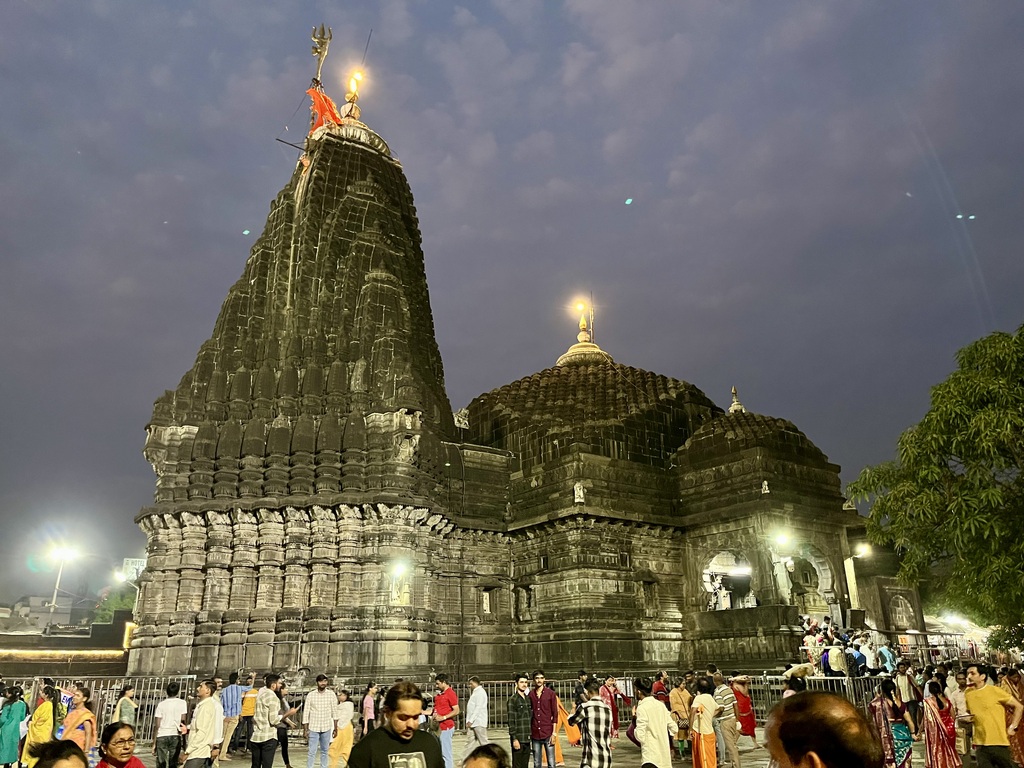
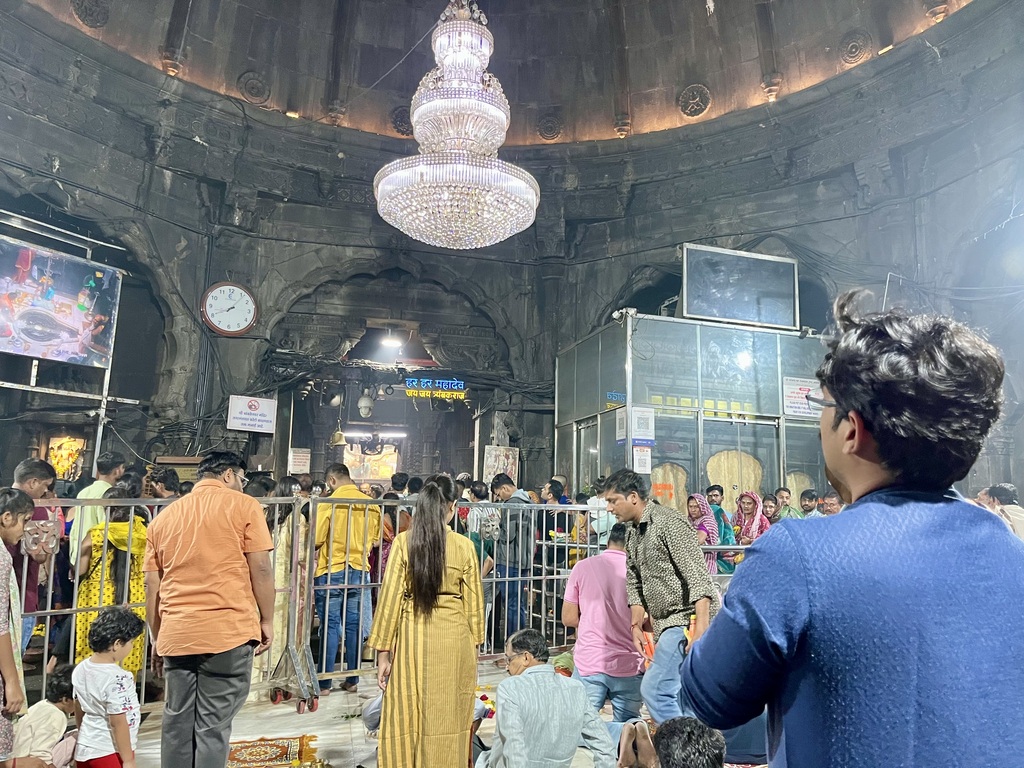
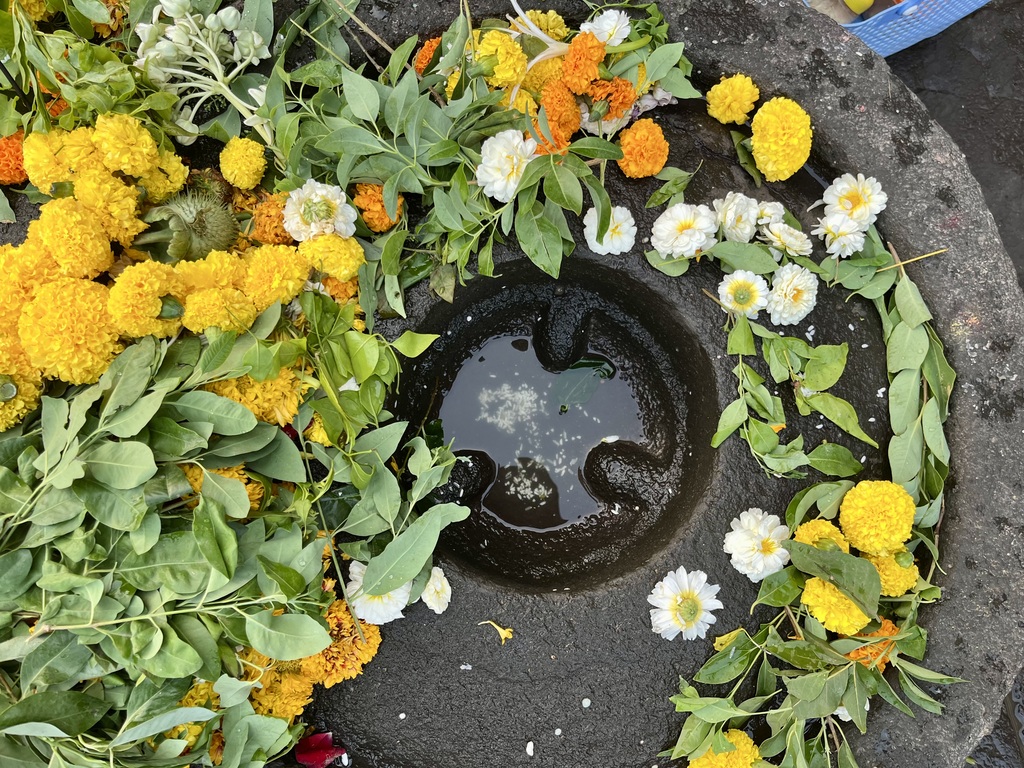
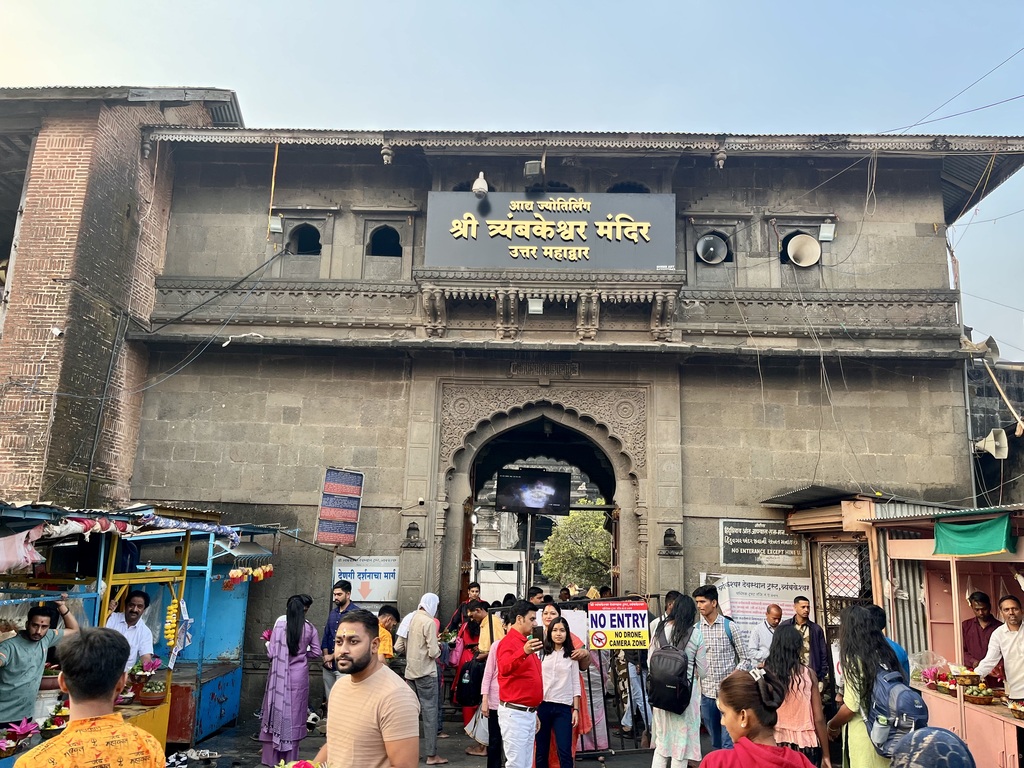
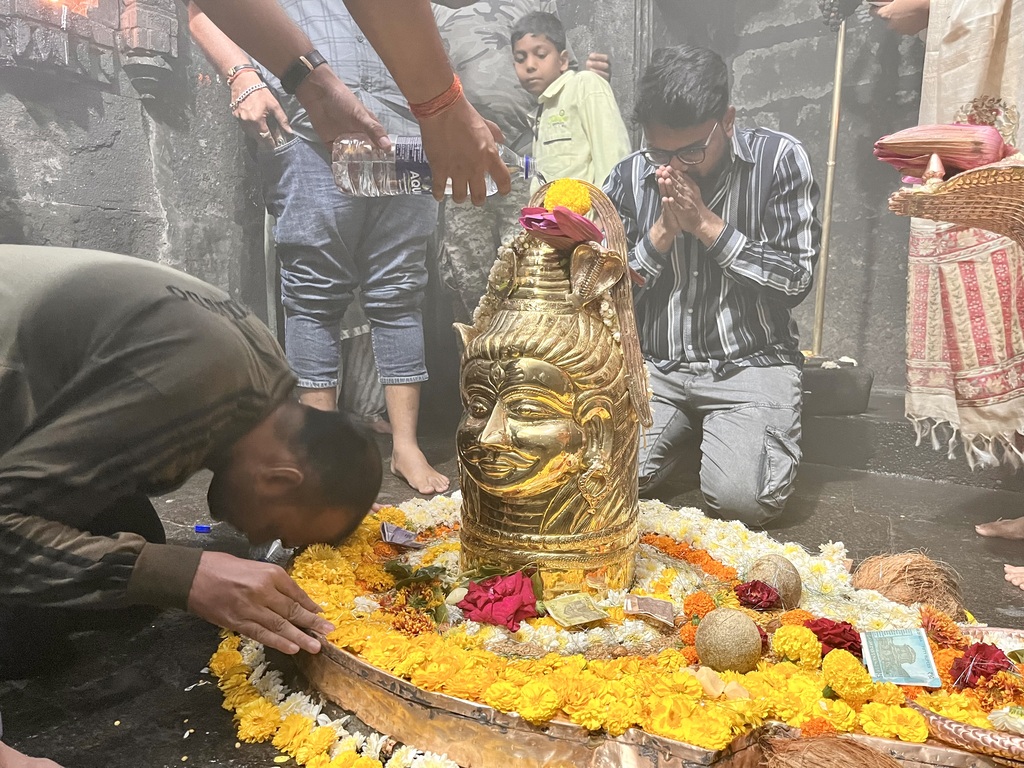
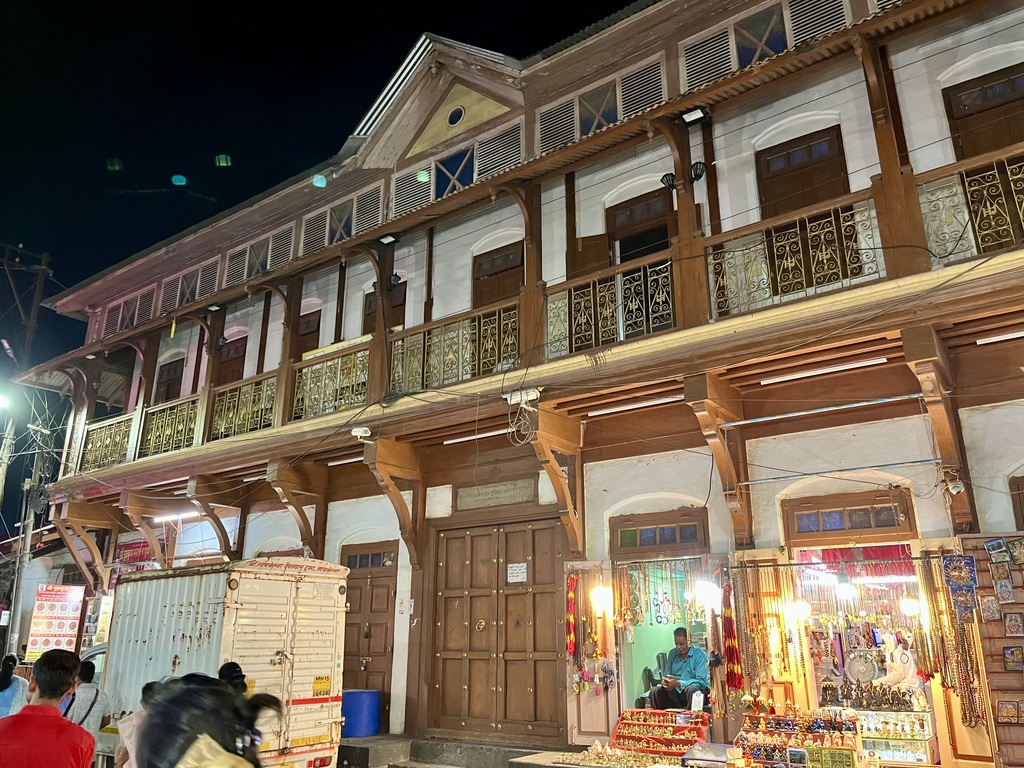
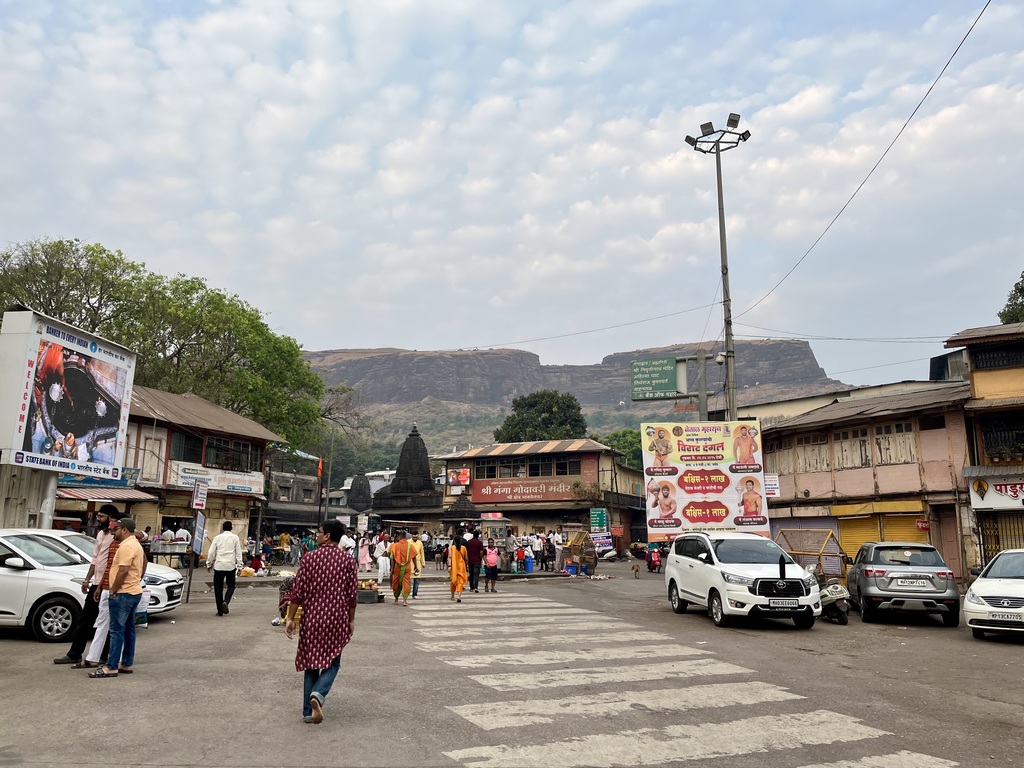
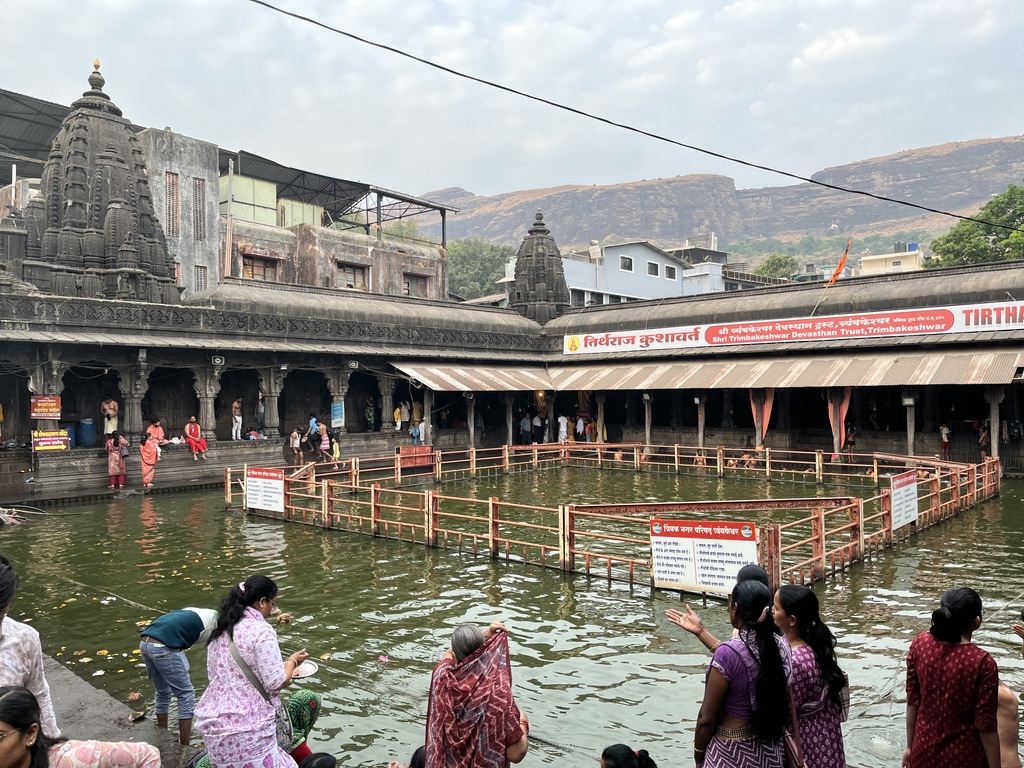
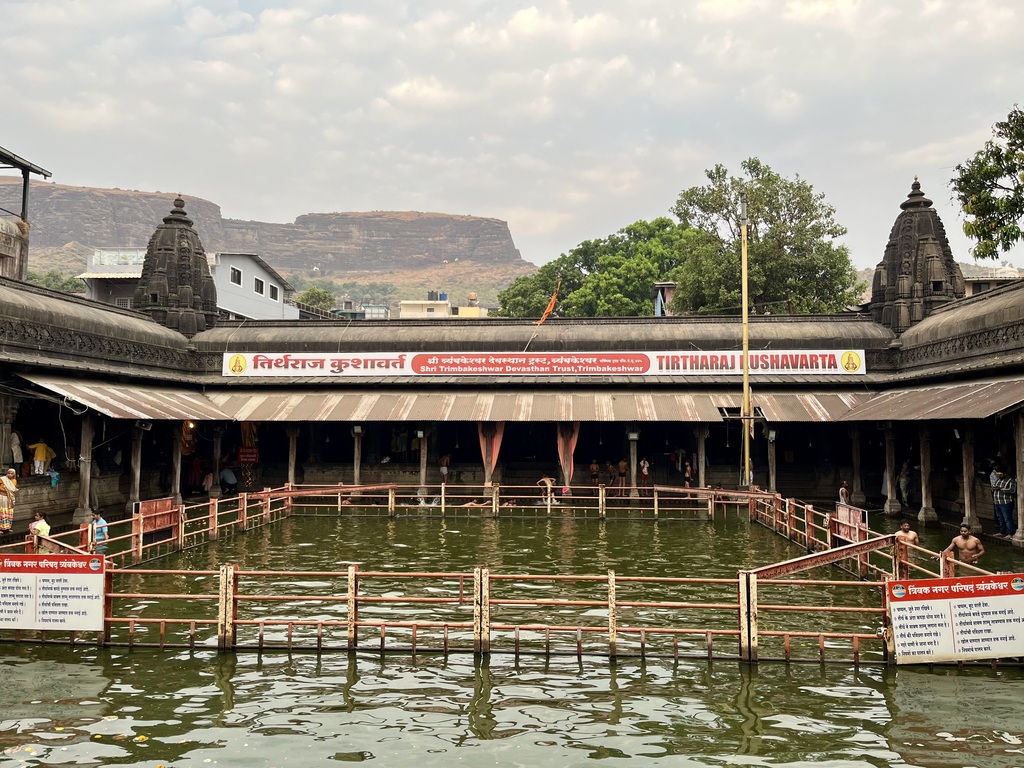
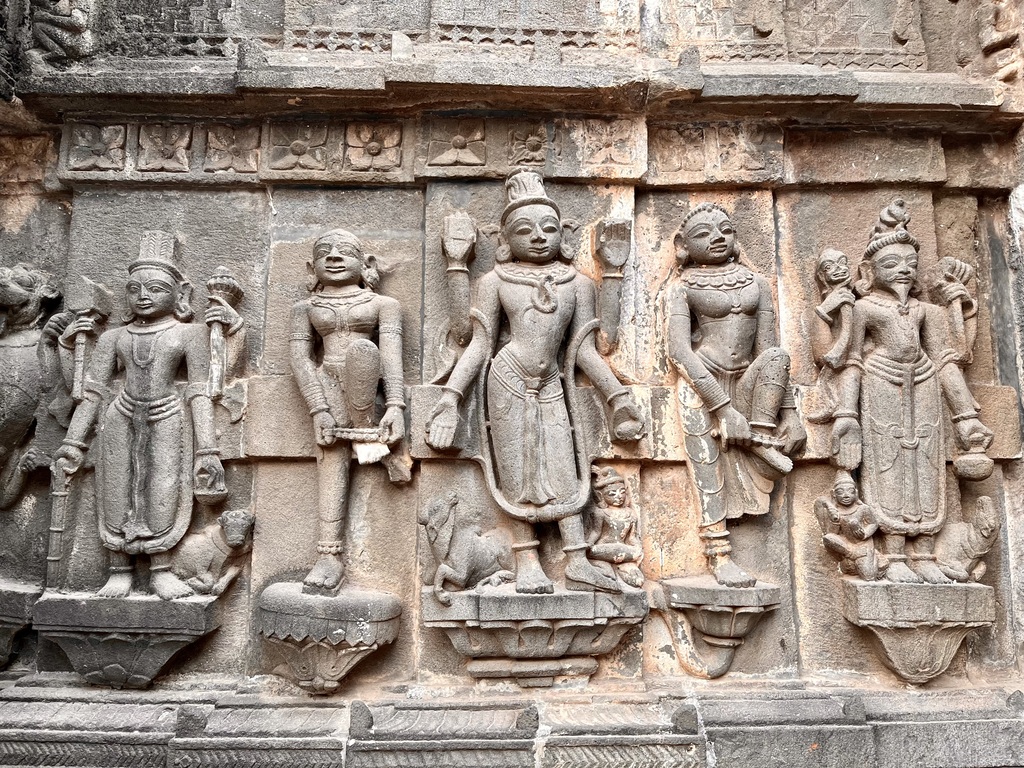
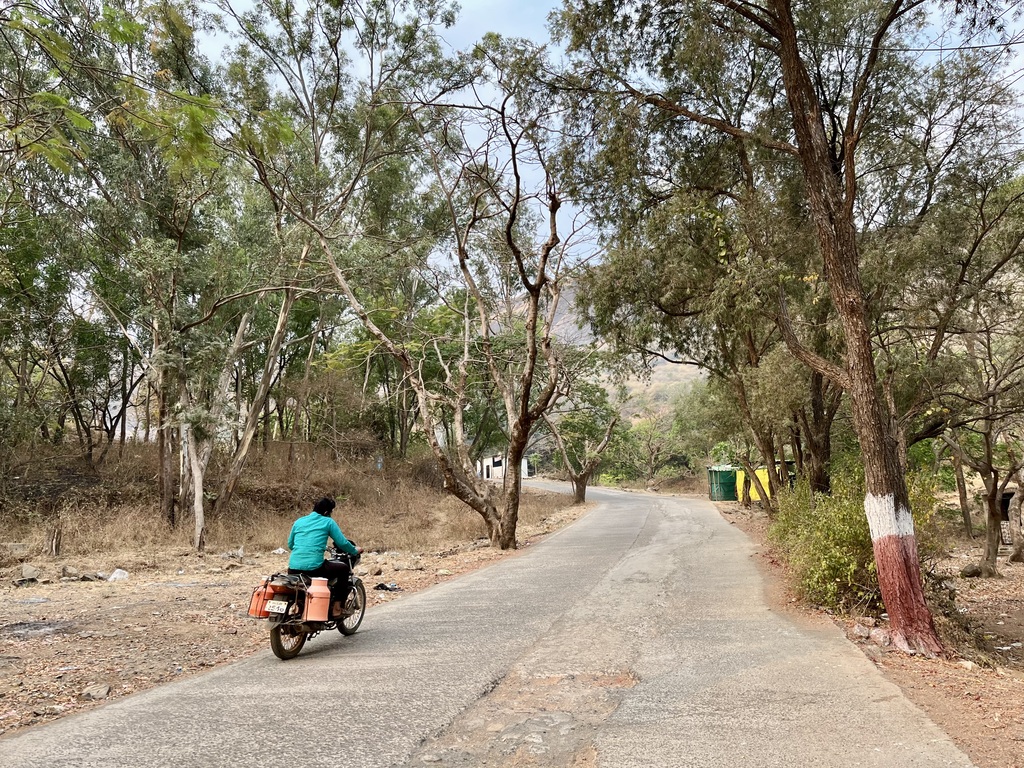
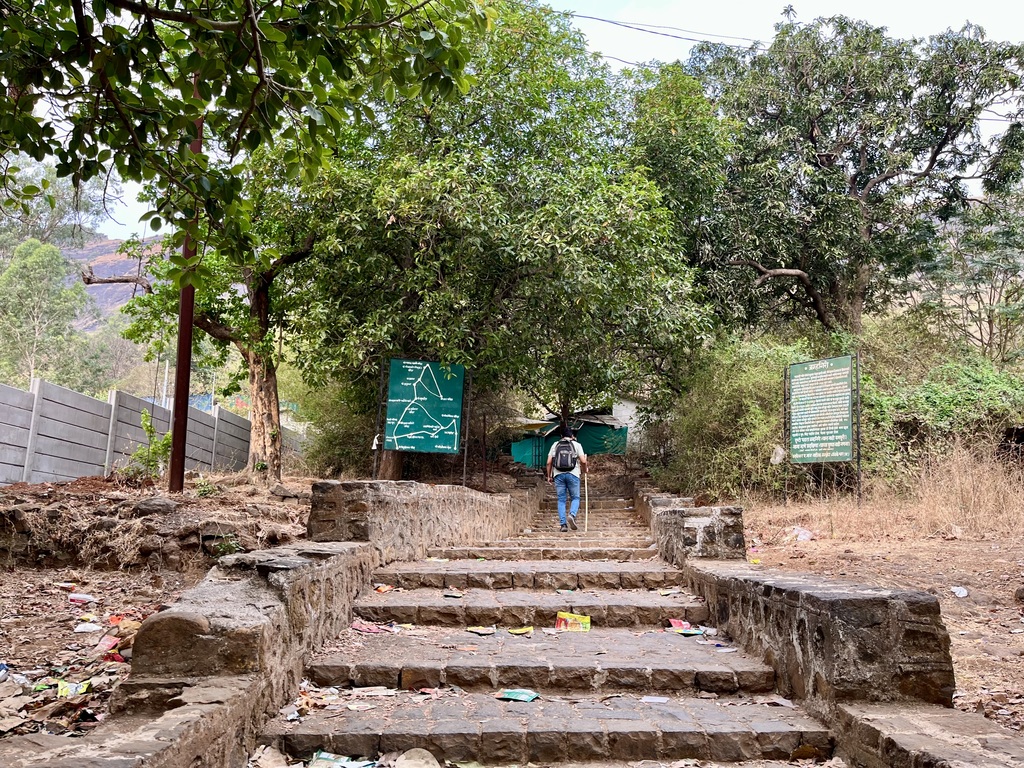
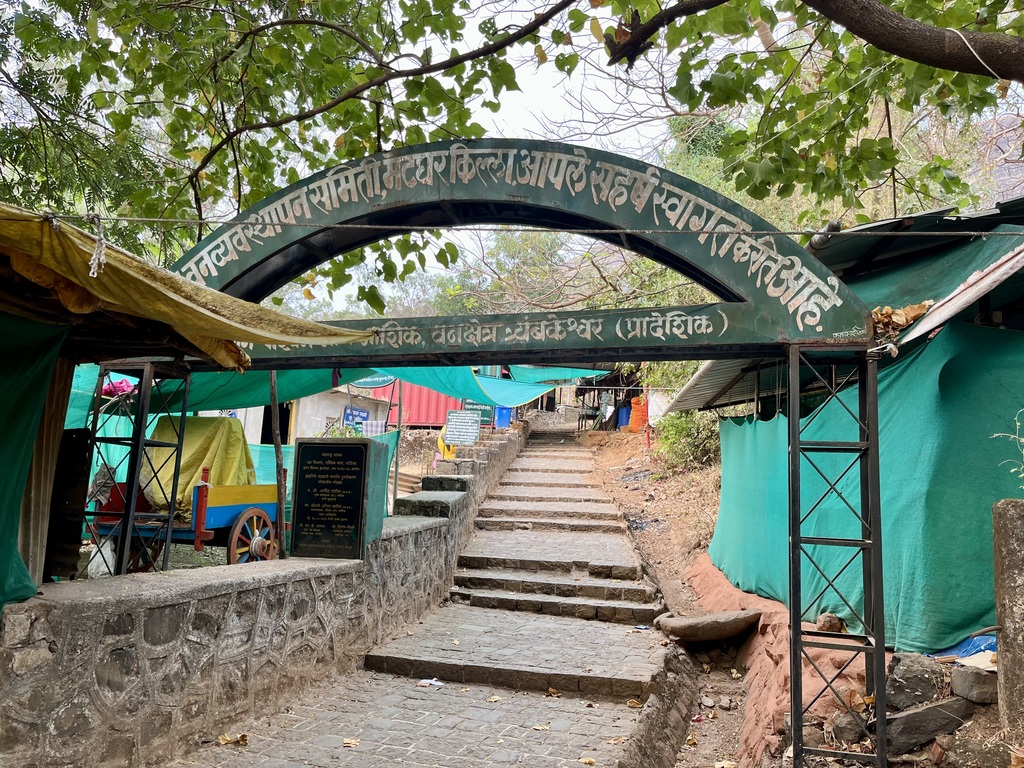
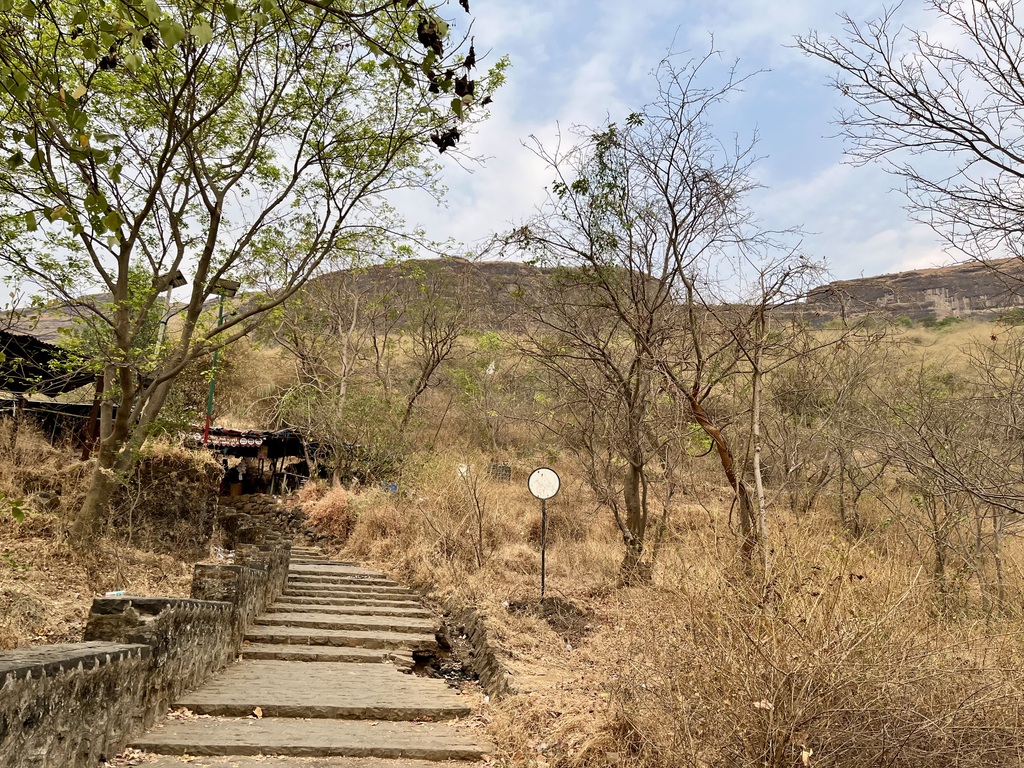
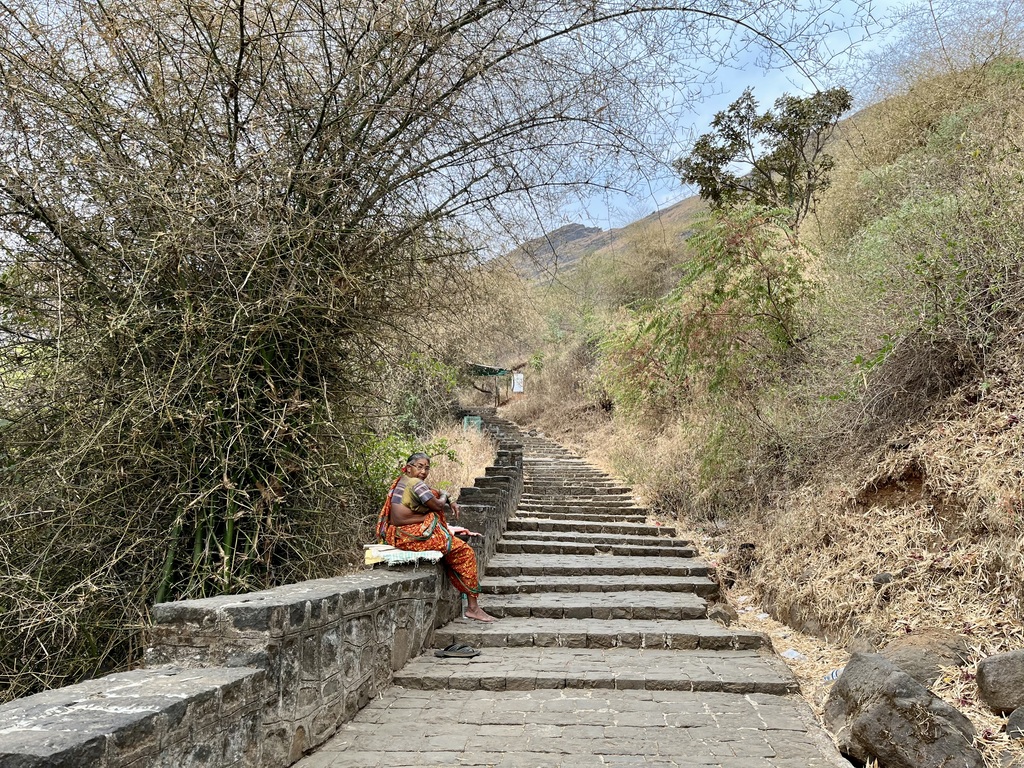

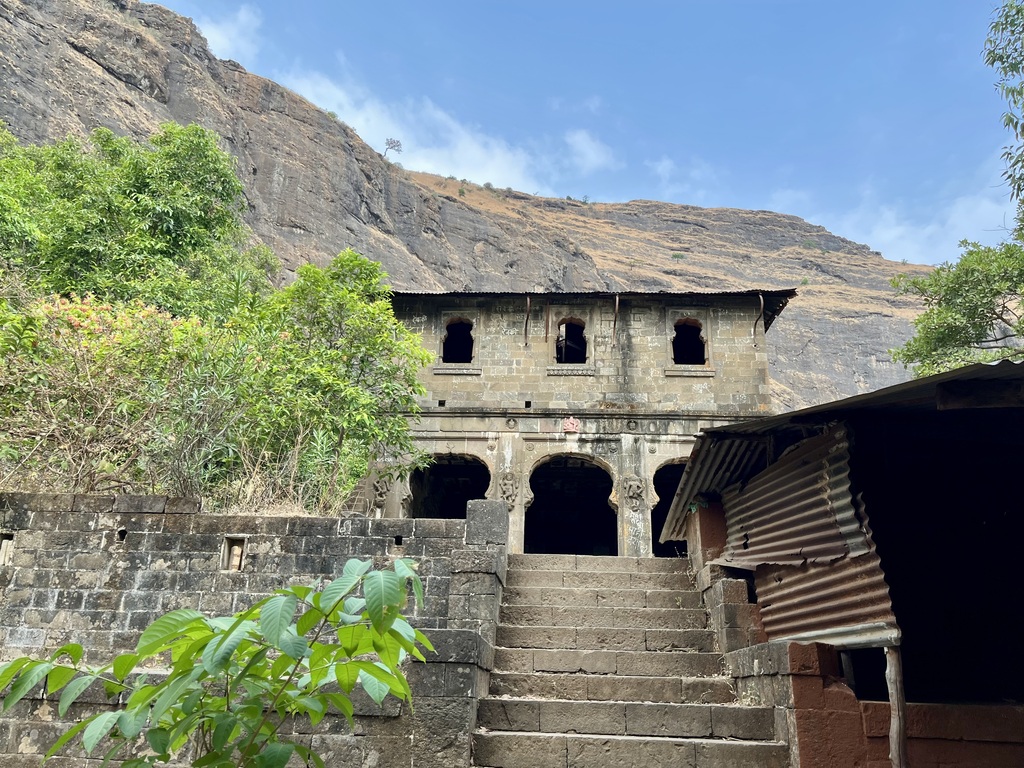
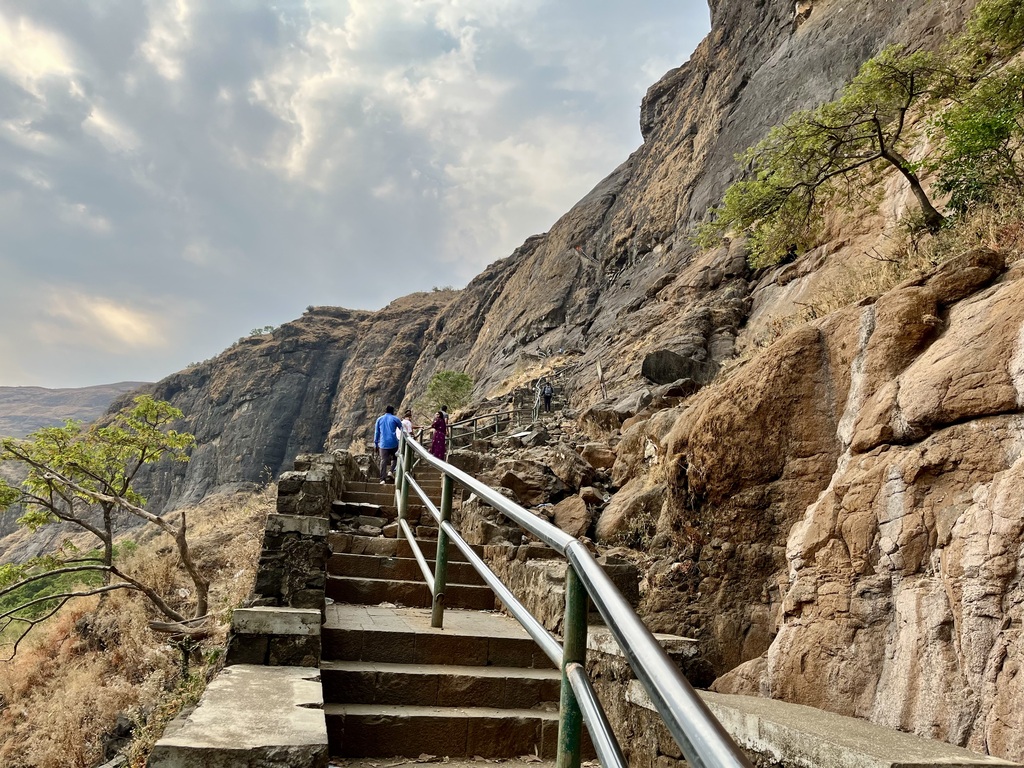
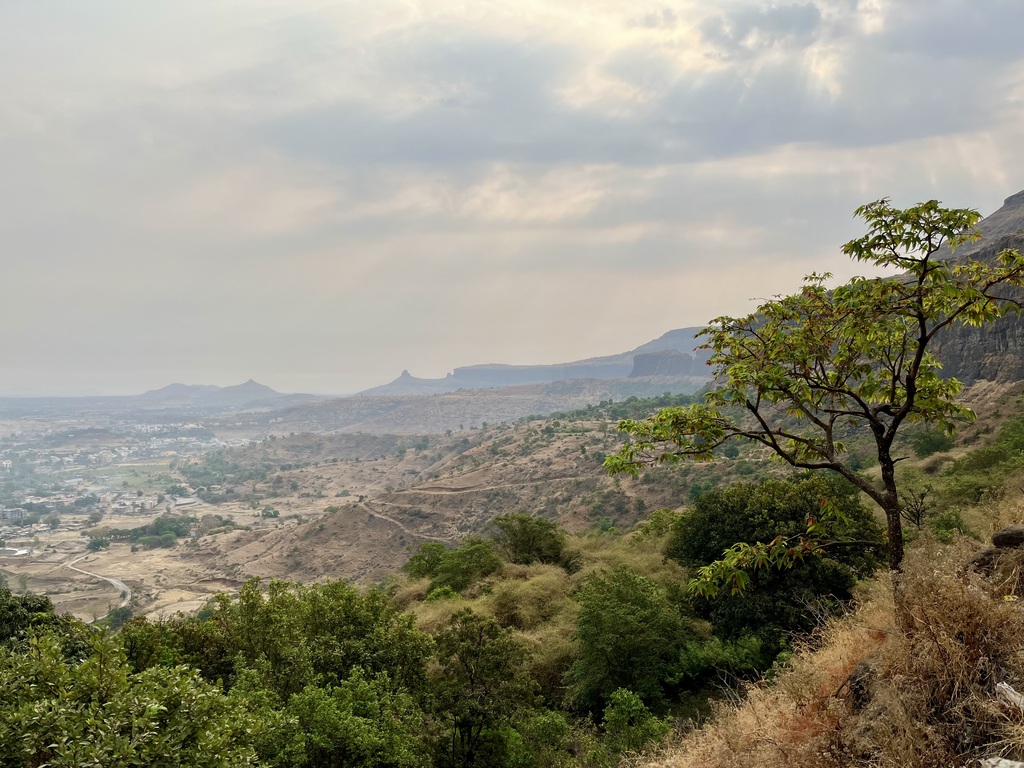

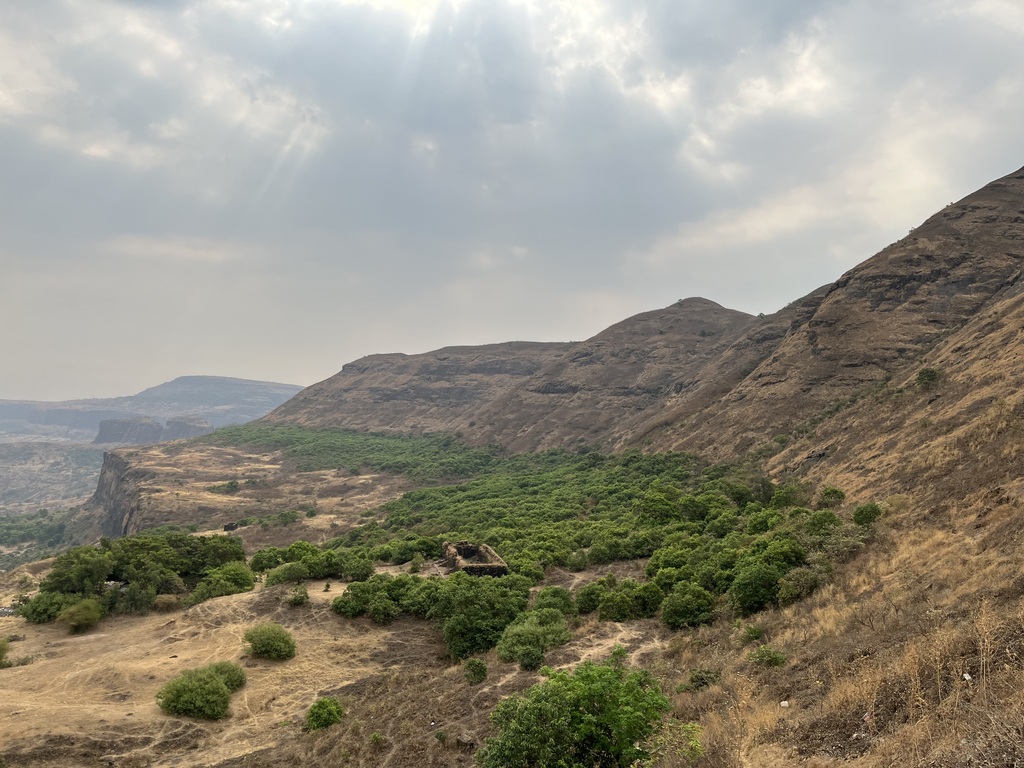
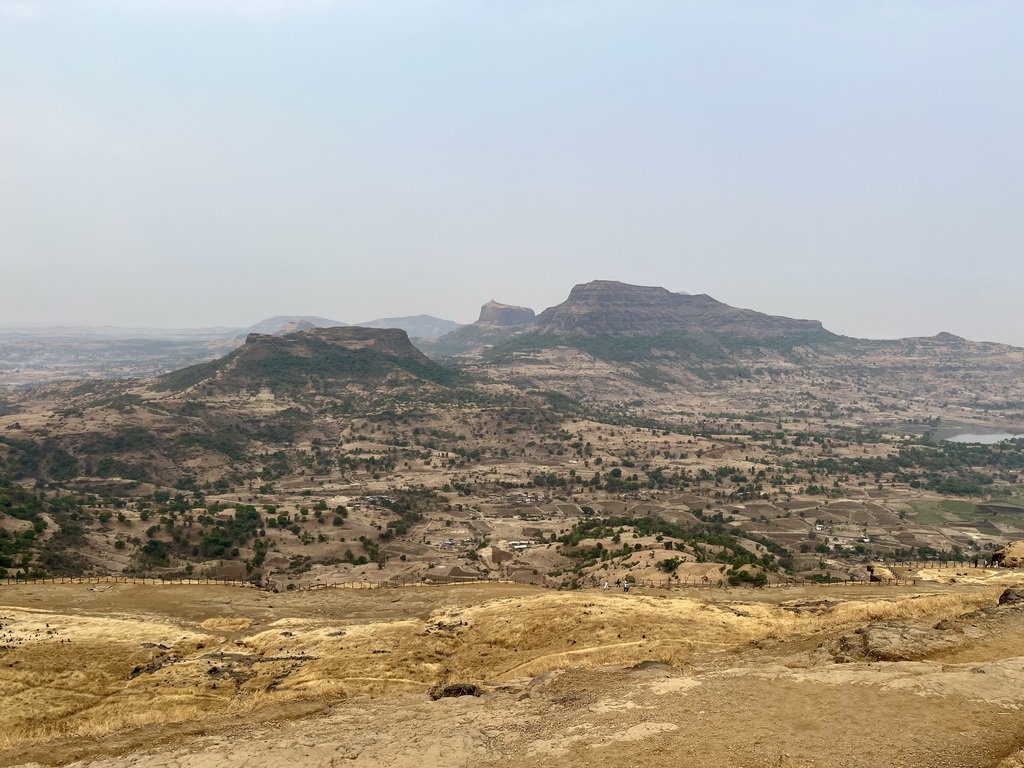
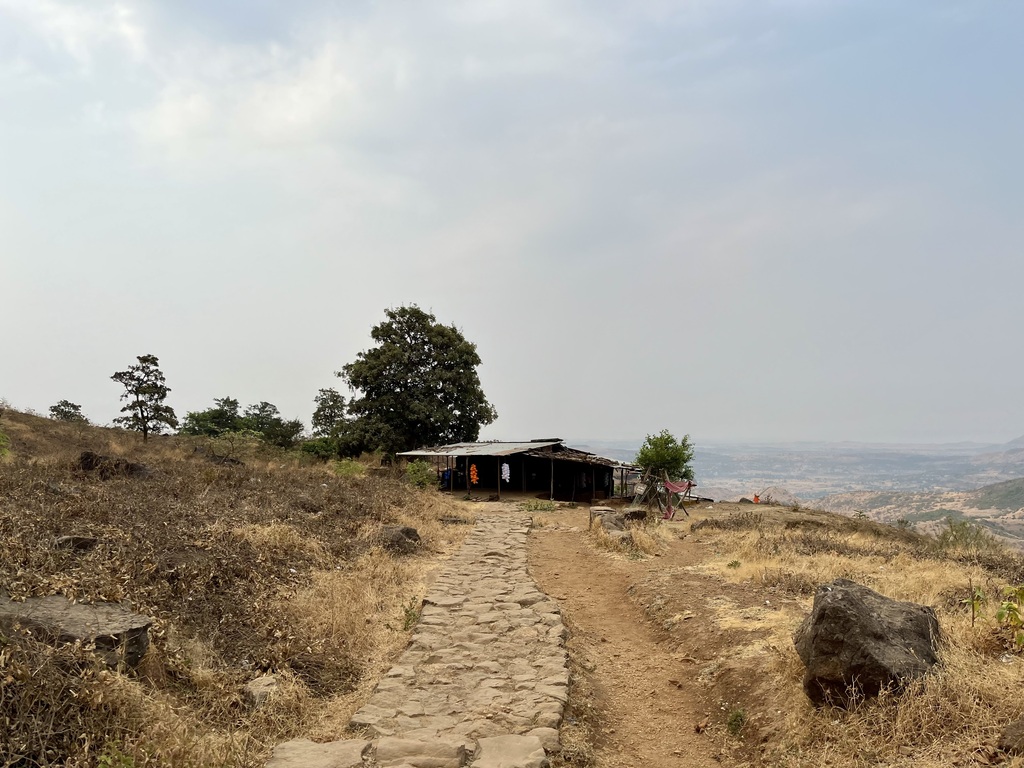
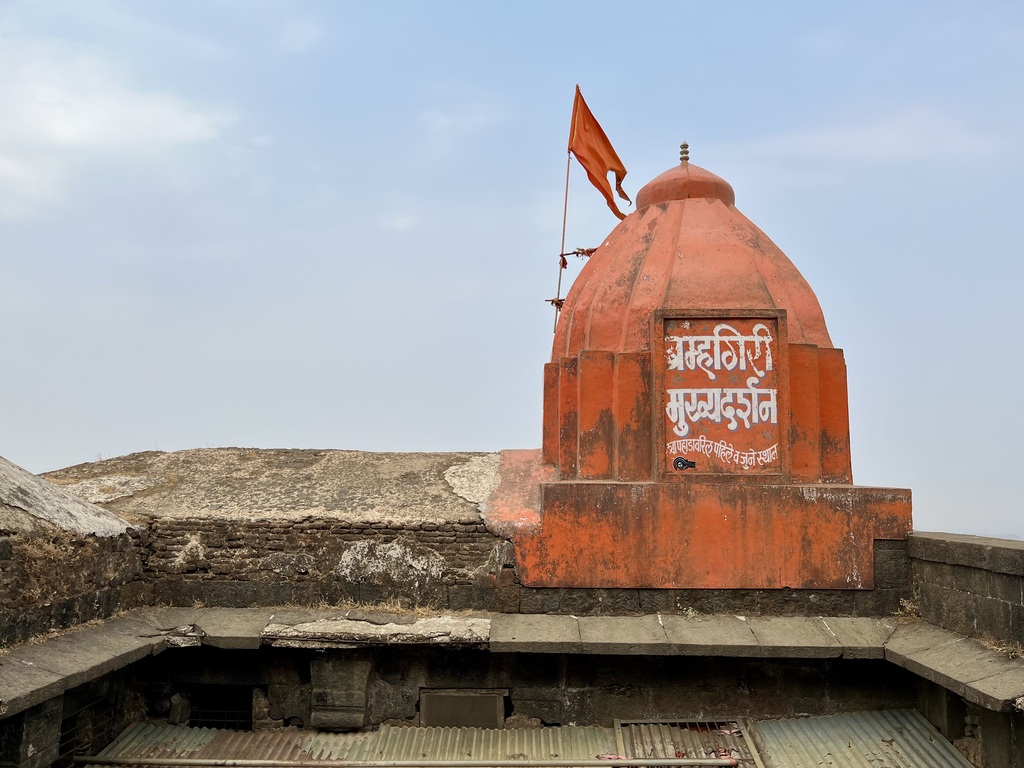

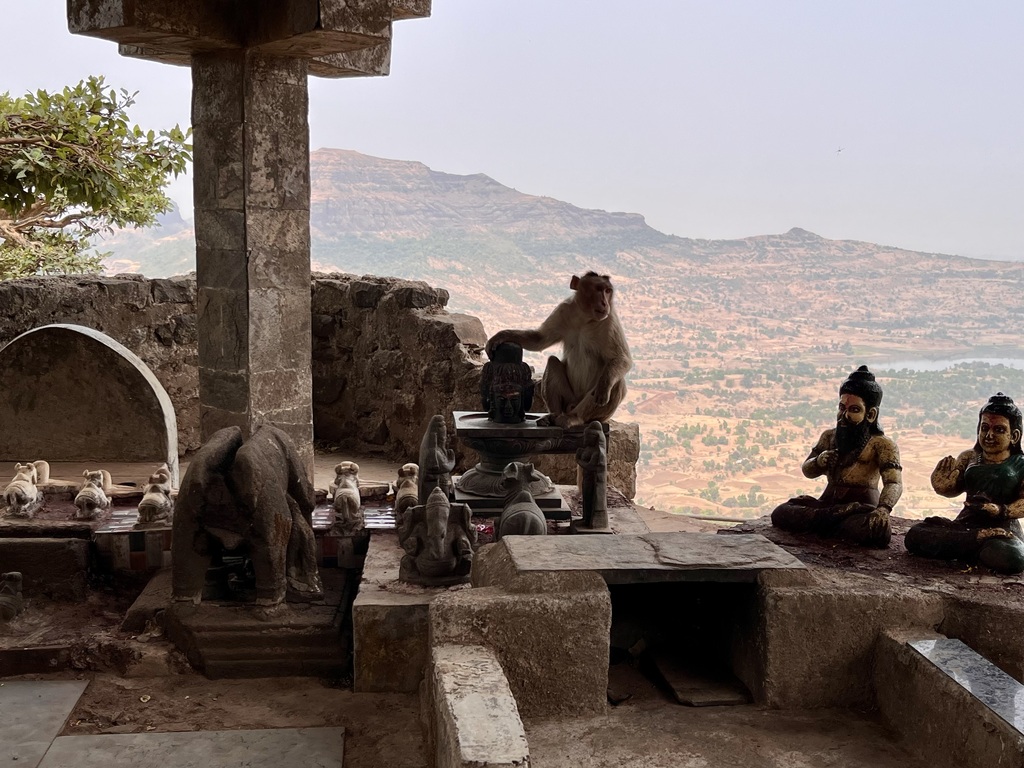

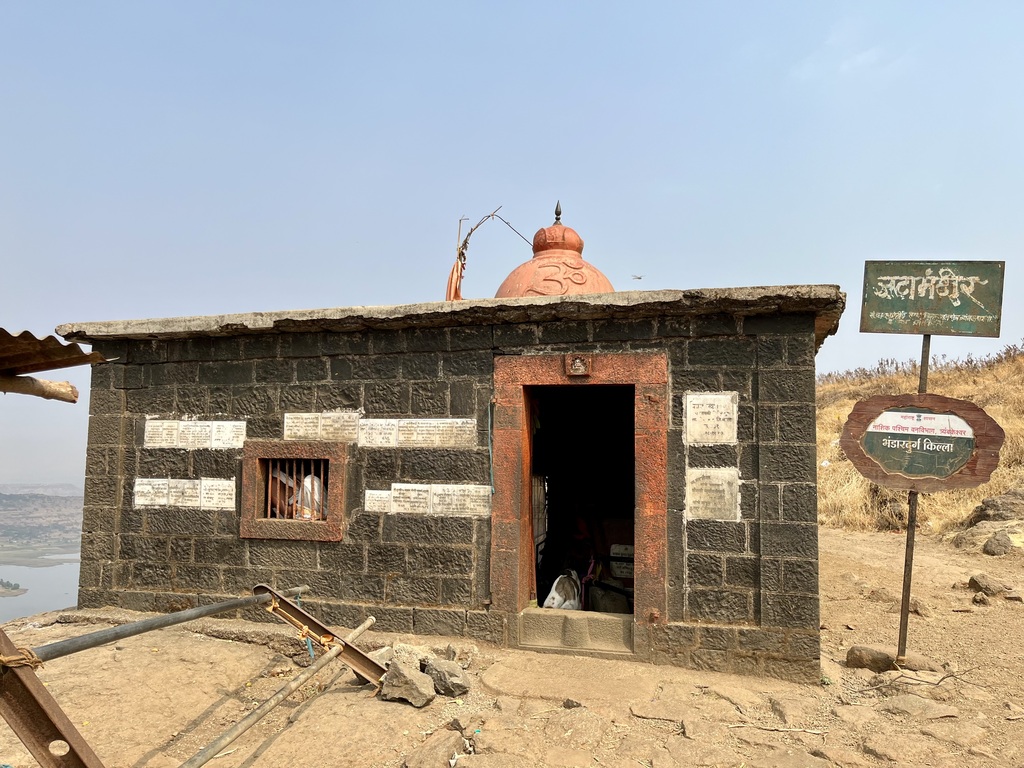
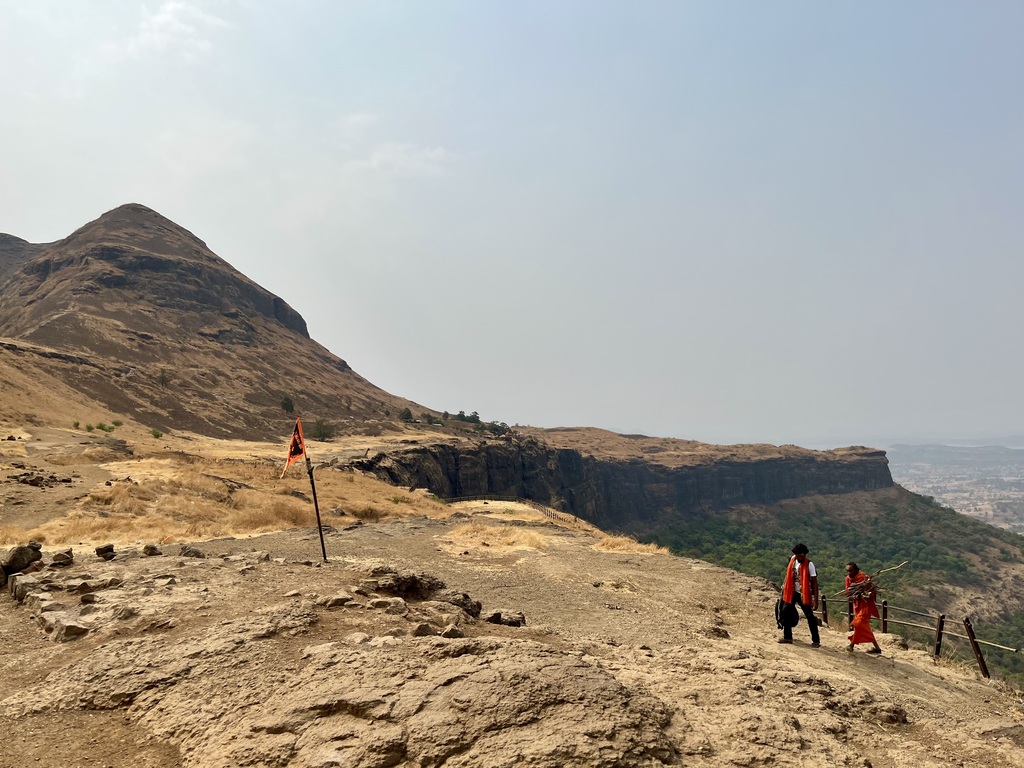
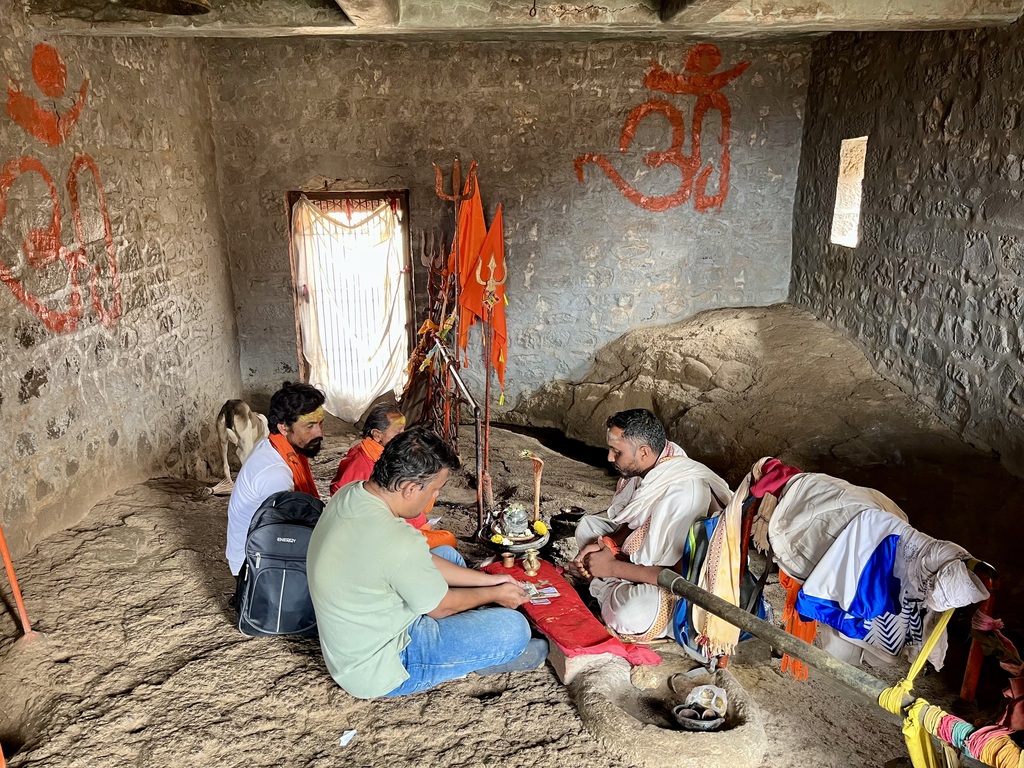
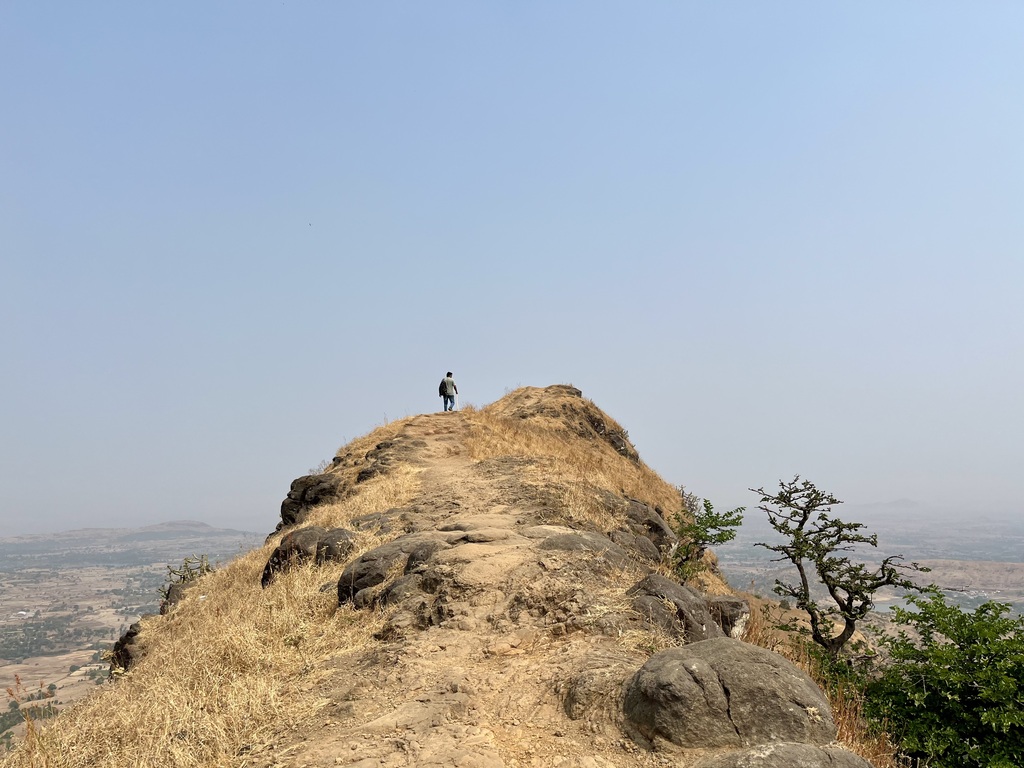
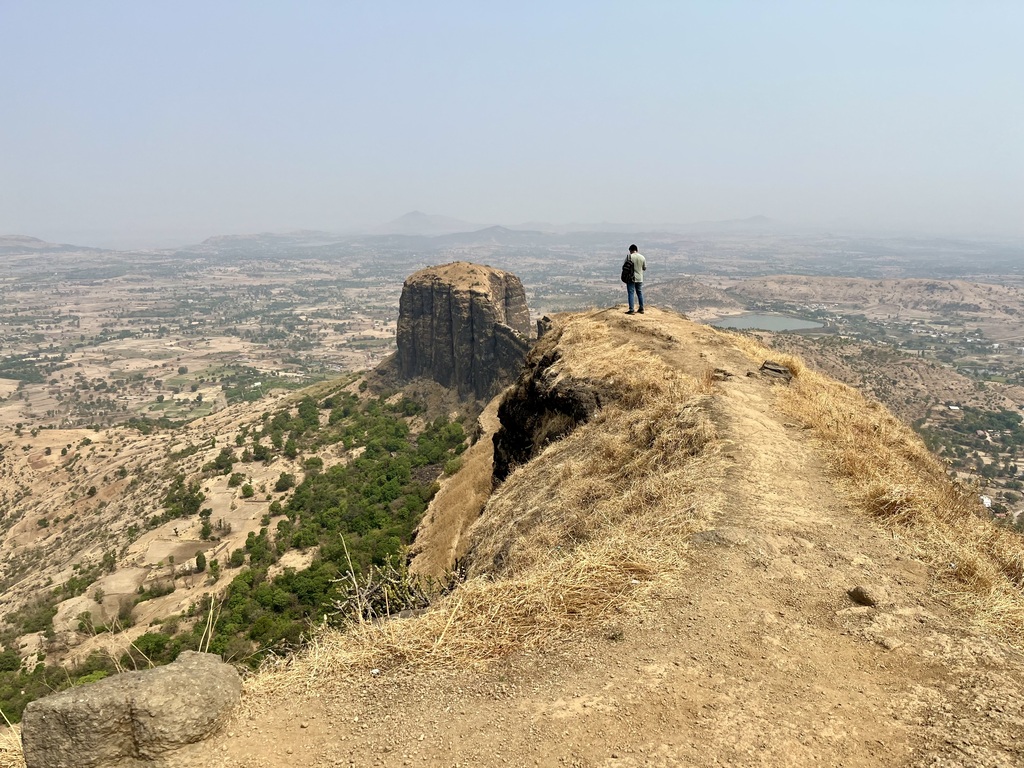

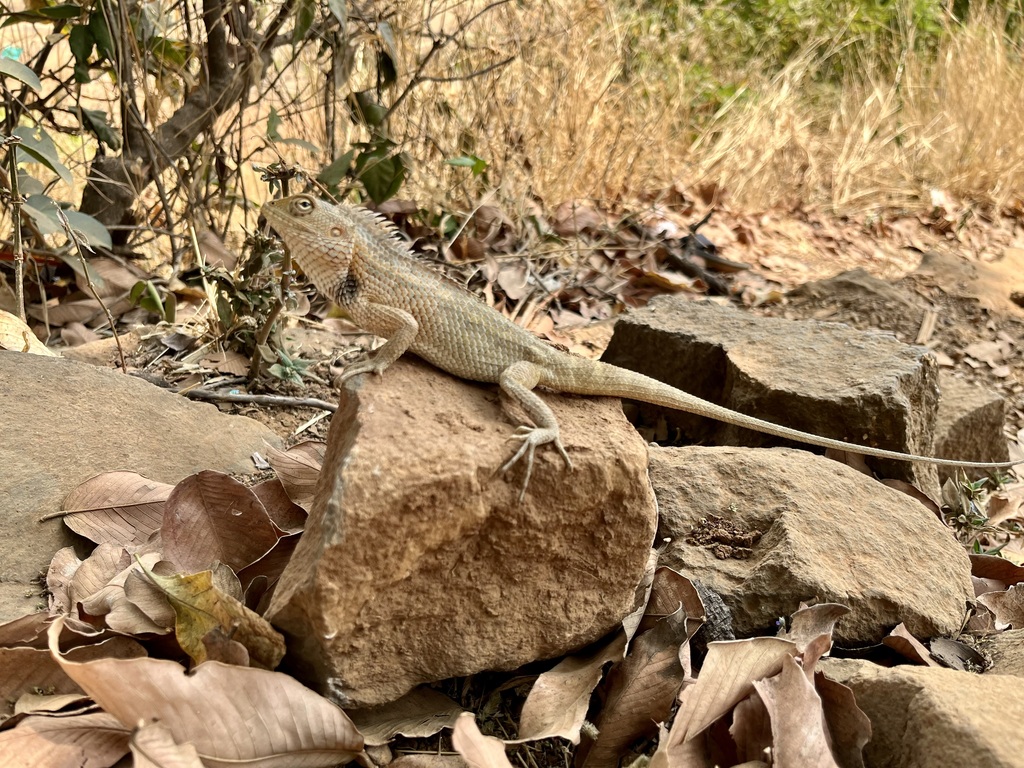






















































































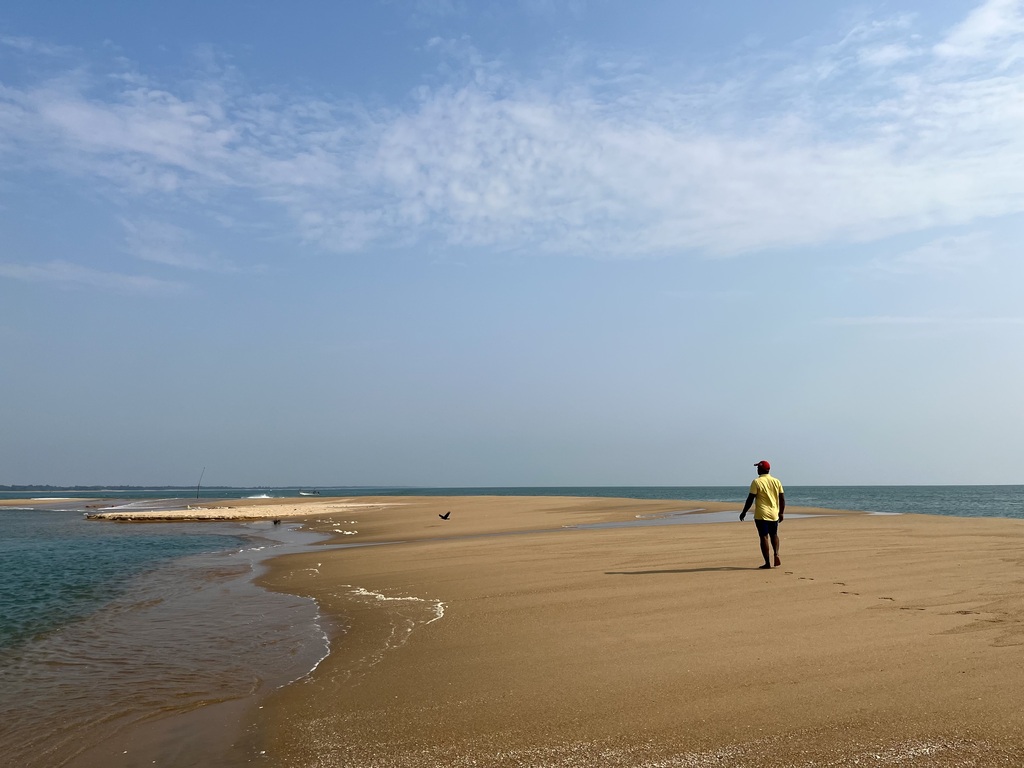
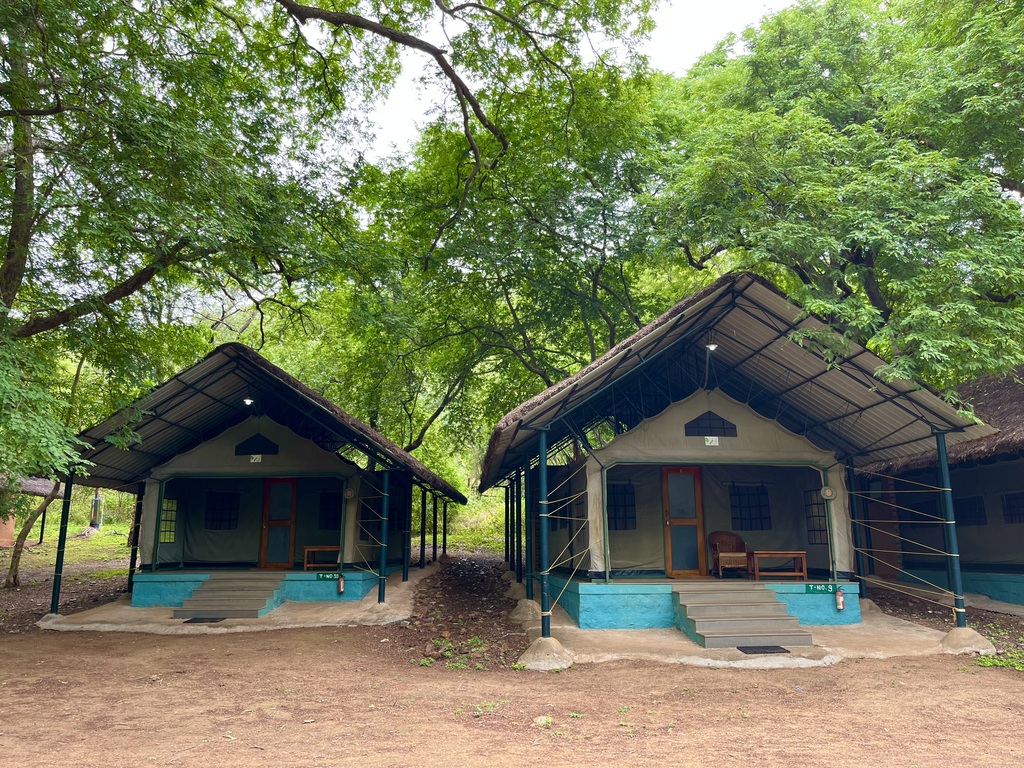
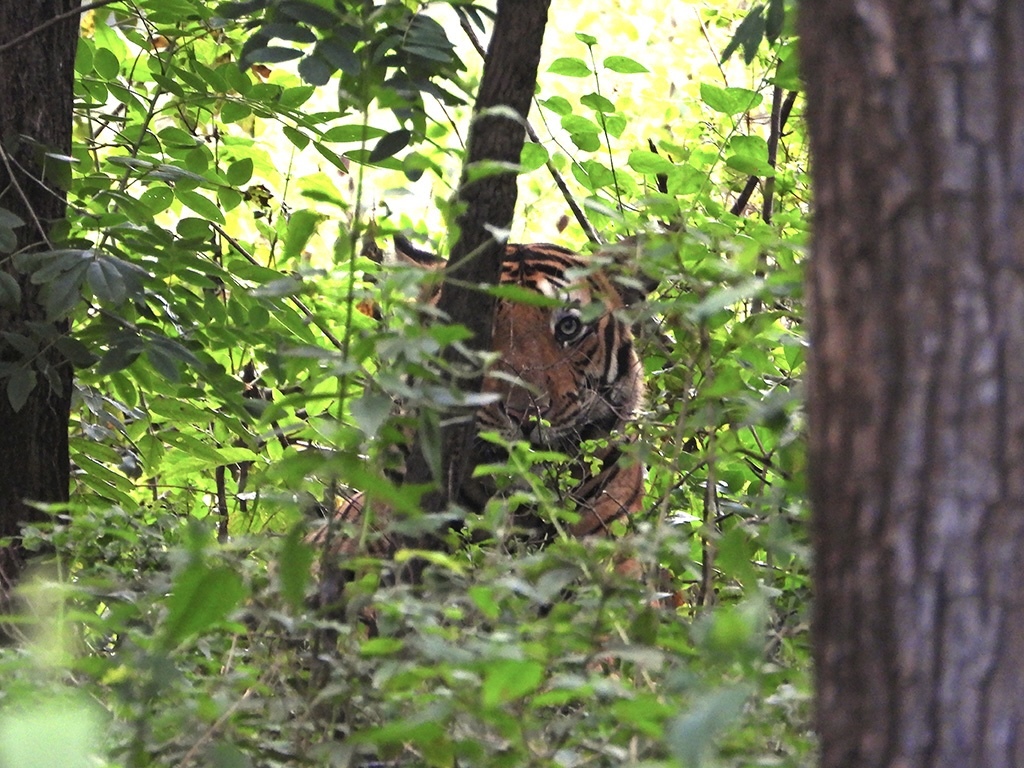
All Comments
No Comments Available